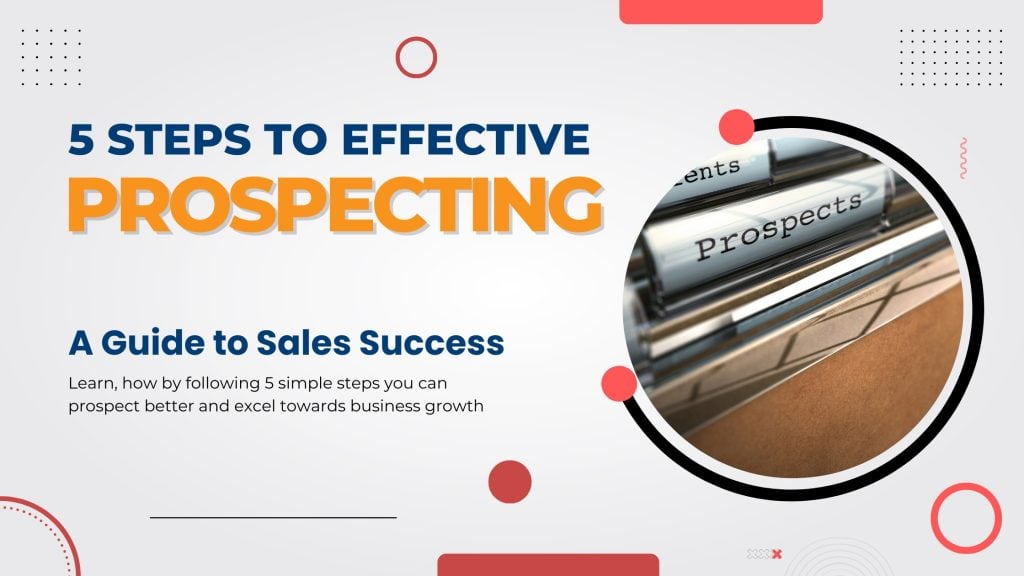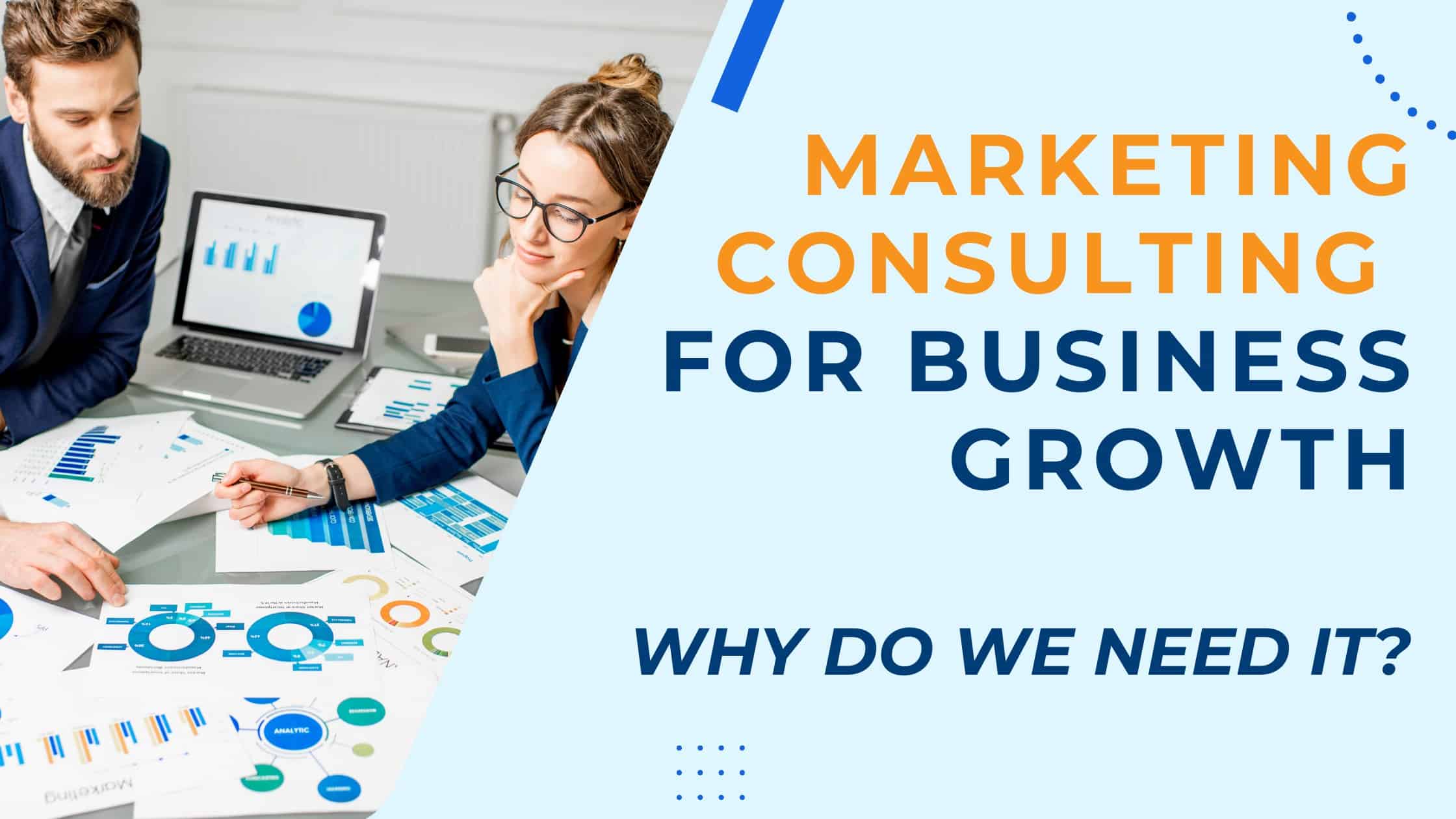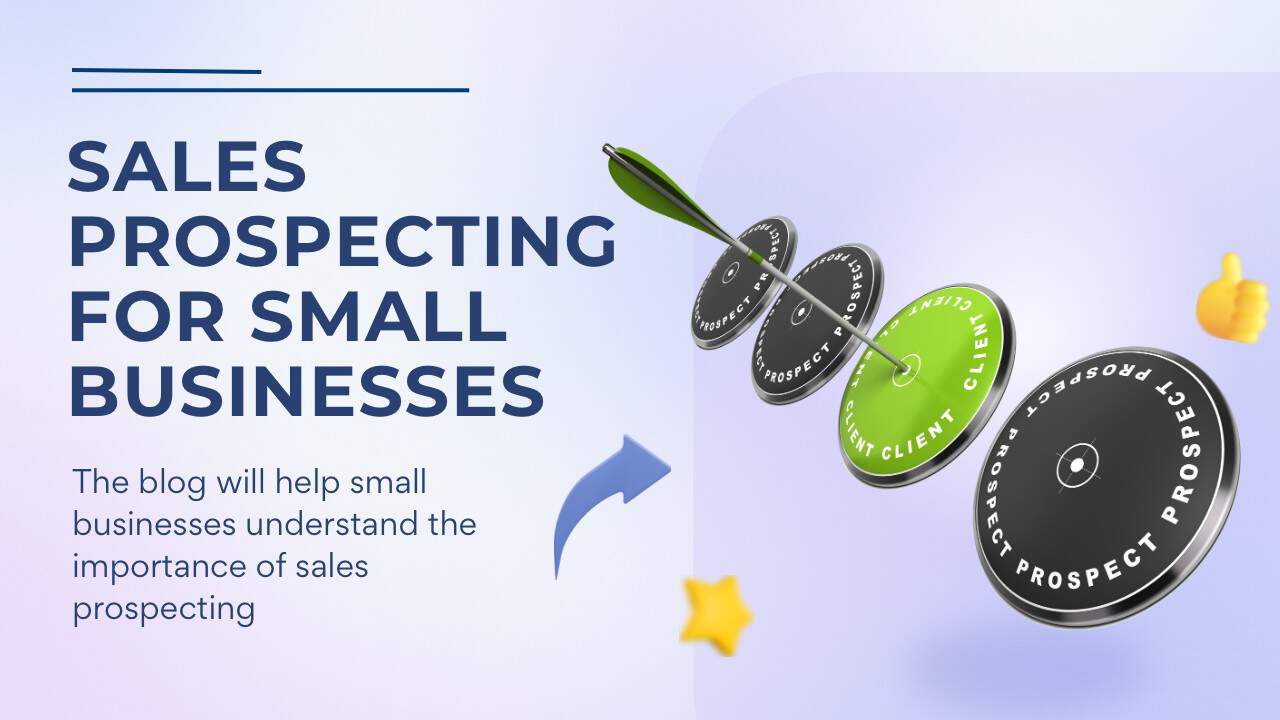Prospecting is a vital yet challenging aspect of any successful marketing strategy. As a marketing consultant, I’ve seen businesses struggle with identifying potential customers, generating quality leads, and efficiently converting them into sales. These challenges can significantly impact a company’s growth and revenue. However, with a structured approach, prospecting can become a streamlined and effective process. In this blog, I’ll walk you through the five essential steps to prospecting, helping you turn potential leads into loyal customers.
Understanding Prospecting
Prospecting involves identifying and engaging potential customers for your business. It’s the first step in the sales process, where the goal is to develop a pipeline of prospects who can eventually be converted into paying customers. Effective prospecting ensures that your sales team is always busy and your business continues to grow.
1. Identifying Your Ideal Customer Profile (ICP)
The first step in prospecting is to identify your Ideal Customer Profile (ICP). Your ICP is a detailed description of the type of customer who would benefit the most from your product or service. This profile includes demographic information, industry, company size, job titles, pain points, and buying behavior.
Why it’s important:
- Helps tailor your marketing messages to resonate with your target audience.
- Ensures your sales efforts are focused on high-potential leads.
- Improves conversion rates and customer satisfaction.
How to create an ICP:
- Analyze your existing customer base to identify common characteristics.
- Conduct market research to understand industry trends and needs.
- Use data analytics to pinpoint high-value customers.
2. Lead Generation from Various Channels
Once you’ve defined your ICP, the next step is to generate leads from multiple channels. These channels can include social media, email marketing, content marketing, search engine optimization (SEO), paid advertising, and networking events.
Key strategies:
- Social Media: Leverage platforms like LinkedIn, Twitter, and Facebook to engage with potential customers.
- Content Marketing: Create valuable content that addresses your prospects’ pain points and positions your company as an industry expert.
- SEO: Optimize your website to rank higher in search engine results, making it easier for prospects to find you.
- Email Marketing: Use targeted email campaigns to nurture leads and guide them through the sales funnel.
3. Lead Qualification (BANT Framework)
Not all leads are created equal. Lead qualification is the process of determining whether a prospect fits your ICP and is likely to convert into a customer. The BANT framework is a popular method for lead qualification, focusing on Budget, Authority, Need, and Timeline.
BANT Framework:
- Budget: Does the prospect have the financial capacity to purchase your product or service?
- Authority: Is the prospect the decision-maker or influencer in the purchasing process?
- Need: Does the prospect have a genuine need for your product or service?
- Timeline: What is the prospect’s timeframe for making a purchase decision?
4. Building a Sales Funnel and Its Importance
A sales funnel is a visual representation of the customer journey from awareness to purchase. It’s divided into four stages: Awareness, Interest, Consideration, and Purchase.
Why a sales funnel is important:
- Awareness: Attracts potential customers to your brand through marketing efforts.
- Interest: Engages prospects by providing valuable information and addressing their pain points.
- Consideration: Nurtures leads by offering solutions and demonstrating how your product or service can meet their needs.
- Purchase: Converts leads into customers by making it easy for them to buy from you.
Benefits of a sales funnel:
- Helps track and manage leads at each stage of the buying process.
- Allows for targeted marketing efforts to move prospects through the funnel.
- Provides insights into where prospects drop off, helping to refine your strategy.
5. Lead Prioritization
With a pool of qualified leads, it’s essential to prioritize them to maximize your sales efforts. Lead scoring is a method used to rank prospects based on their likelihood to convert.
How to score leads:
- Assign points based on factors such as engagement level, demographic information, and buying signals.
- Use CRM tools to automate and streamline the lead scoring process.
- Focus your sales efforts on high-scoring leads to increase conversion rates and sales efficiency.
Benefits of lead prioritization:
- Ensures your sales team spends time on the most promising leads.
- Improves the efficiency of your sales process.
- Increases the chances of converting high-potential leads into customers.
Conclusion
Prospecting can be challenging, but with a clear strategy and structured approach, you can effectively identify, engage, and convert potential customers. By defining your Ideal Customer Profile, generating leads from various channels, qualifying leads using the BANT framework, building a sales funnel, and prioritizing leads through scoring, you’ll be well on your way to successful prospecting. As a marketing consultant, I encourage you to implement these steps to see a significant improvement in your sales process and overall business growth.
Author – Gagan Kapoor, Marketing Consultant & Corporate Trainer




